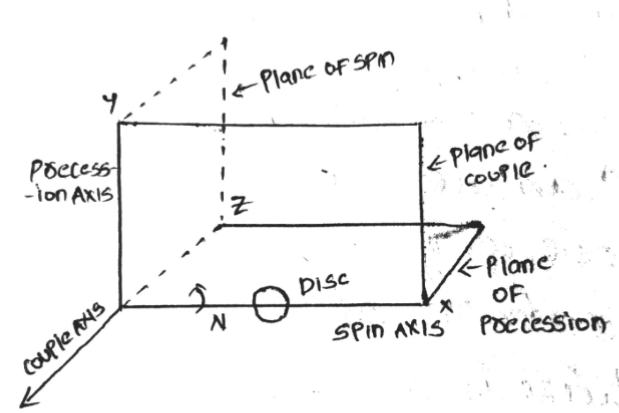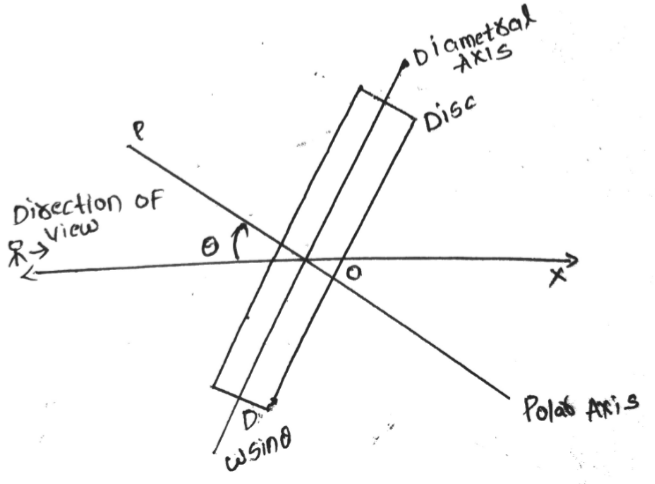What is Centrifugal pump?
A centrifugal pump is a type of dynamic pump that uses the centrifugal force generated by a spinning impeller to move fluid through the pump. The fluid enters the pump through an inlet, called the suction, and is directed towards the center of the spinning impeller. As the impeller spins, it creates centrifugal force that throws the fluid outwards and towards the pump’s outlet, where it is discharged.
Centrifugal pumps are widely used in various industrial and agricultural applications, including water supply systems, irrigation, and sewage treatment. They are also used in the chemical and petrochemical industries, as well as in power plants and oil refineries.
There are two main types of centrifugal pumps: radial flow and axial flow. Radial flow pumps are typically used for low-flow, high-head applications, while axial flow pumps are used for high-flow, low-head applications.
Centrifugal pumps have many advantages over other types of pumps, including high efficiency, low maintenance, and the ability to handle a wide range of fluids with varying viscosities and temperatures. However, they are not suitable for pumping fluids with high solids content or for applications requiring high-pressure or high-pressure pulsations.
What is Positive displacement pump?
A positive displacement pump is a type of pump that uses a mechanism to trap a fixed volume of fluid and then move that trapped fluid through the pump and out of the discharge outlet. The fluid is moved by trapping a fixed volume of fluid and then physically moving that trapped volume. There are different types of positive displacement pumps, each with its own method of trapping and moving the fluid.
Some examples of positive displacement pumps include:
- Reciprocating pumps: use a piston or a diaphragm to trap and move fluid. They are commonly used for applications requiring high-pressure or high-volume flow rates.
- Rotary pumps: use a rotor with a specific geometry to trap and move fluid. They are commonly used for applications requiring low-pressure, high-volume flow rates. Examples of rotary pumps include gear pumps, vane pumps, and lobe pumps.
- Screw pumps: use two or more intermeshing screws to trap and move fluid. They are commonly used for applications requiring low-pressure, high-volume flow rates and for handling fluids with high viscosities.
Positive displacement pumps have several advantages over centrifugal pumps, including their ability to handle fluids with high viscosities and solid content and to provide a constant flow rate regardless of the pressure at the pump discharge. However, they generally have lower efficiencies and are typically more expensive to purchase and maintain.
It is important to note that the choice of a pump depends on the specific requirements of the application, including the type and viscosity of the fluid being pumped, the flow rate and pressure requirements, and the operating conditions.
The Main difference between Centrifugal pump & Positive displacement pump are as follows
- Principle of operation: Centrifugal pumps use centrifugal force to move fluid, while positive displacement pumps use a mechanical means, such as a piston or a rotor, to move fluid.
- Flow rate: Centrifugal pumps have a variable flow rate, which can change with the pressure and head of the system, while positive displacement pumps have a fixed flow rate.
- Type of fluid: Centrifugal pumps are more suitable for handling low-viscosity fluids, while positive displacement pumps can handle high-viscosity fluids more effectively.
- Efficiency: Centrifugal pumps are generally more efficient than positive displacement pumps, especially at higher flow rates.
- Maintenance: Centrifugal pumps typically require less maintenance than positive displacement pumps.
- Wear and tear: Positive displacement pumps are more prone to wear and tear as the mechanical parts are in contact with the fluid, while centrifugal pumps have less wear and tear.
- Suction lift: Centrifugal pumps typically have a lower suction lift than positive displacement pumps, which means they can’t lift fluid as high.
- Size and cost: Centrifugal pumps are typically smaller and less expensive than positive displacement pumps.
- Applications: Centrifugal pumps are commonly used in applications such as water supply, irrigation, and industrial processes, while positive displacement pumps are used in applications such as metering, dosing, and transfer of viscous fluids.
- Vibration and noise: Positive displacement pumps tend to have more vibration and noise than centrifugal pumps.

